Discover 20 hidden attractions, cool sights, and unusual things to do in Sendai (Japan). Don't miss out on these must-see attractions: Akiu Great Falls, Aoba Castle, and Kobo Park Miyagi. Also, be sure to include Miyagi Prefectural Auditorium in your itinerary.
Below, you can find the list of the most amazing places you should visit in Sendai (Miyagi).
Table of Contents
Akiu Great Falls
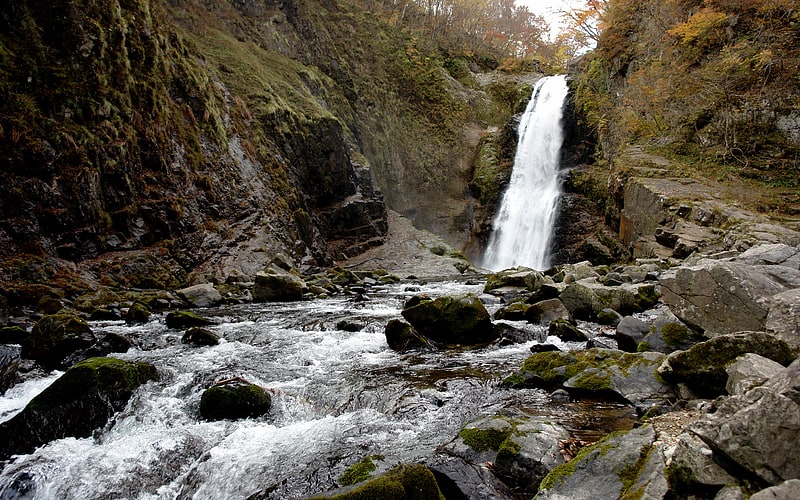
Also known as: 秋保大滝
Scenic spot in Sendai, Japan. Akiu Great Falls is a waterfall located in Taihaku-ku, Sendai, Miyagi Prefecture, Japan. It is a nationally designated Place of Scenic Beauty. It is one of "Japan’s Top 100 Waterfalls", in a listing published by the Japanese Ministry of the Environment in 1990.[1]
Address: Akiucho Baba, Taihaku-ku, 982-0244 Sendai
Aoba Castle
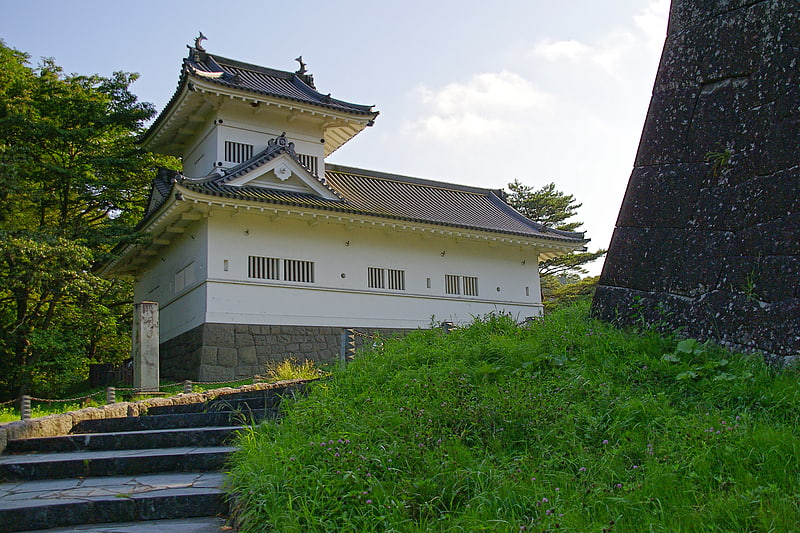
Also known as: 仙台城
Landmark castle with exhibition hall. Aoba Castle is a Japanese castle located in Sendai, Miyagi Prefecture, Japan. Throughout the Edo period, Aoba Castle was home to the Date clan, daimyō of Sendai Domain. The castle was also known as Sendai-jō or as Gojō-rō. In 2003, the castle ruins were designated a National Historic Site.[2]
Address: Aobajoshi, Tenshudai, Aoba-ku, 980-0862 Sendai
Kobo Park Miyagi
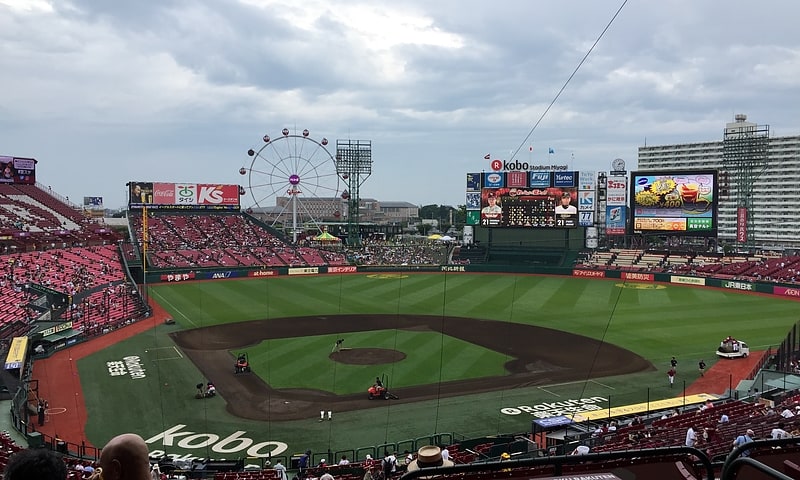
Also known as: 宮城球場
Stadium in Sendai, Japan. Rakuten Seimei Park Miyagi, officially Miyagi Baseball Stadium, is a baseball stadium located in Miyaginohara Sports Park in Sendai, Miyagi Prefecture, Japan. The 30,508-seat ballpark is owned by the prefecture and operated by Rakuten, which has used it as the home field for the Tohoku Rakuten Golden Eagles of Nippon Professional Baseball since 2005. Its symmetrical playing surface is the only natural turf field in the Pacific League. An amusement park named Smile Glico Park is integrated into the stadium's left field seating and features a Ferris wheel.
Miyagi Stadium is the third-oldest NPB stadium and the oldest in the PL, built in 1950 to host countryside NPB games and amateur baseball. Lights were added in 1973 to accommodate night games and attract more professional games. The Lotte Orions began using the stadium as a semi-home that same year and played five seasons in Sendai until 1977. In 1974, the Orions brought Miyagi Stadium its first postseason games, however Japan Series games were not held in the stadium due to its relatively low capacity. Following Lotte's departure, the ballpark again hosted yearly NPB countryside games and the first of four eventual All-Star games was held in 1992.
After the 2004 NPB realignment, Rakuten created a new NPB team to be based in Miyagi Stadium and renovated it in several phases. With Major League Baseball stadiums as inspiration, the field was enlarged and the stadium's concourses were expanded, with seating being updated and capacity increased. In the outfield, two full-LED video boards were erected and the amusement park was built. The exterior of the stadium was also drastically changed. Miyagi Stadium hosted its first Climax Series and Japan Series in 2013, when the Eagles went on to win the championship.
Naming rights for the stadium have been sold in three-year increments several times since 2005. Staffing firm Fullcast and Nippon Paper Industries were the first two companies to buy the rights. Since 2014, Rakuten has purchased the stadium's naming rights, using it to promote their Kobo eReader and life insurance. The stadium has been named Rakuten Seimei Park Miyagi since 2020.[3]
Address: 2-11-6 Miyagino, Miyagino-ku, 983-0045 Sendai
Miyagi Prefectural Auditorium
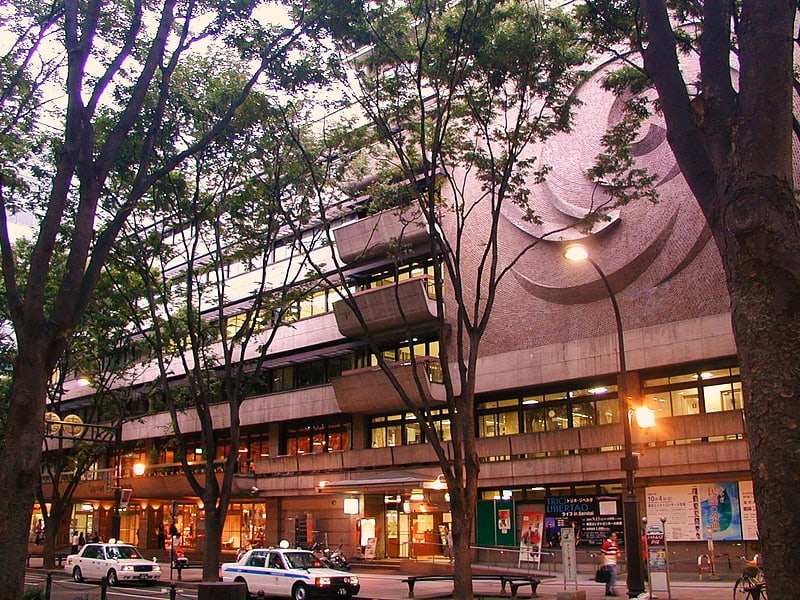
Miyagi Prefectural Auditorium is a 1,590-seat multi-purpose hall located in Sendai, Japan. It opened in 1964 and has hosted artists such as Cheap Trick, Whitesnake and Mötley Crüe. After the sale of the naming rights, "Tokyo Electron Hall Miyagi" became on April 1, 2008 the preferred nickname for Miyagi Prefectural Auditorium.[4]
Yurtec Stadium Sendai
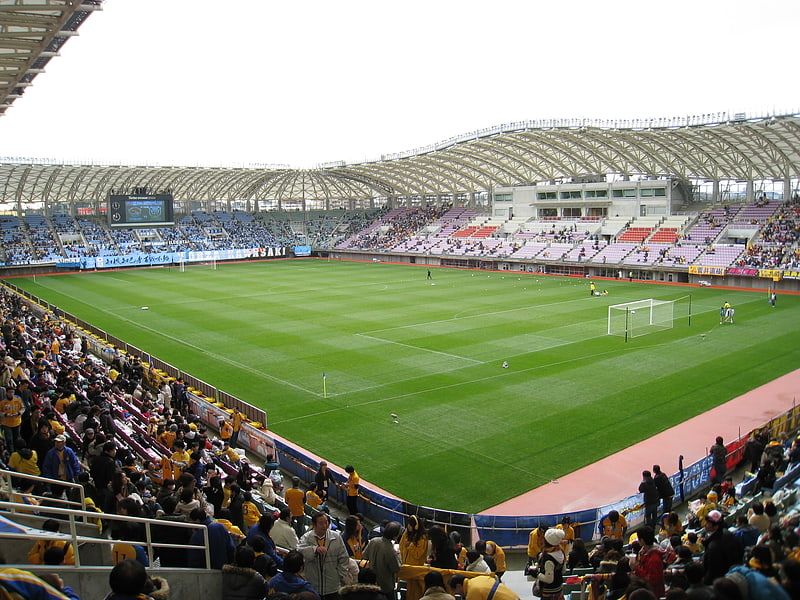
Also known as: 仙台スタジアム
Stadium in Sendai, Japan. Yurtec Stadium Sendai is a football stadium in the Nanakita Park, Izumi-ku, Sendai City, Miyagi Prefecture, Japan. It was built in 1997 and is home to the J. League club Vegalta Sendai and the Japan Football League club Sony Sendai F.C. The stadium was specifically designed for football, and the stands are arranged close to the pitch. For games where the spectator capacity is insufficient, nearby Miyagi Stadium is occasionally used as a substitute.[5]
Address: 78 Nanakita Yanagi, Izumi-ku, 981-3131 Sendai
Sendai City Tomizawa Site Museum
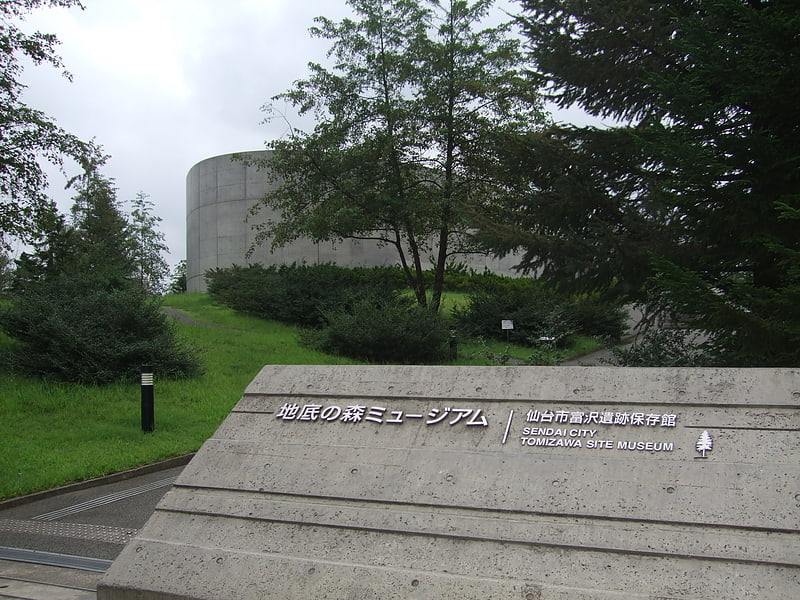
Museum in Sendai, Japan. The Sendai City Tomizawa Site Museum is an archaeology museum in the city of Sendai in northern Japan that preserves a fossilized forest, where the remains of human habitation that occurred 20,000 years ago were discovered during surveying work in 1988. The museum opened in 1996.[6]
Address: 4-2-1 Nagamachi-Minami, Taihaku-ku, Sendai
Sendai City Museum
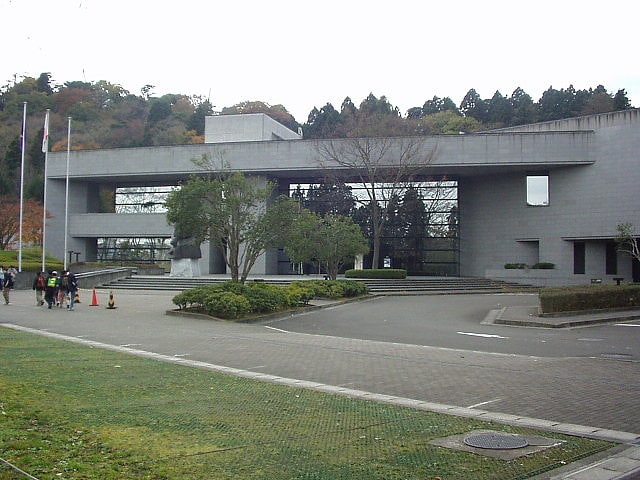
Also known as: 仙台市博物館
Exhibits on local history and culture. The Sendai City Museum is the main museum of Sendai, Japan, and is located in the former Third Bailey of Sendai Castle.
The museum displays various artifacts related to the Date clan and the history of Sendai. Date Masamune's famous suit of armor and artifacts related to Hasekura Tsunenaga's visit to Rome are sometimes on display. Other historical artifacts can be seen in various temples and museums in the city, such as the Zuihoden Mausoleum.[7]
Address: Sendai, 26 Kawauchi
Miyagi Stadium
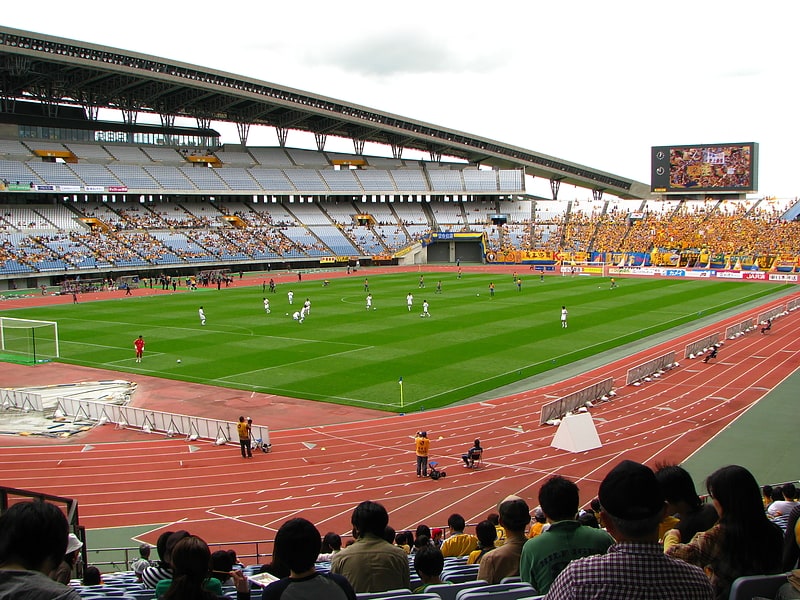
Also known as: 宮城スタジアム
Stadium in Rifu, Japan. Miyagi Stadium, also known as the Q&A Stadium Miyagi for sponsorship reasons, is an athletic and football stadium in the town of Rifu in Miyagi Prefecture, Japan. The stadium's capacity is 49,133. The crescent-shaped roof extending past the edge of the stadium is meant to evoke images of Date Masamune, a daimyō of Mutsu Province, which included the present-day Miyagi Prefecture. From 1 April 2014, the stadium was known as the Hitomebore Stadium Miyagi, named after the main variety of rice produced in the prefecture, as the naming rights were acquired by the Miyagi Prefecture headquarters of Zen-Noh. The stadium adopted its current name on 1 April 2020 due to a sponsorship agreement with the Q&A Corporation.
Miyagi Stadium hosted three matches in the 2002 World Cup, and also hosted the 56th National Sports Festival of Japan in 2001. It is one of the planned football venues for the 2020 Summer Olympics.
In addition, Miyagi Stadium also hosted six matches at the 2012 FIFA U-20 Women's World Cup and it would become the first stadium (and to date the only stadium) to have hosted matches at both a men's FIFA World Cup and a women's FIFA U-20 World Cup.
The football field is surrounded by a nine-lane track. A large video screen and scoreboard is installed in the northern end.[8]
Address: 40-1 Sugaya, 981-0122 Rifu-cho
Ōsaki Hachimangū
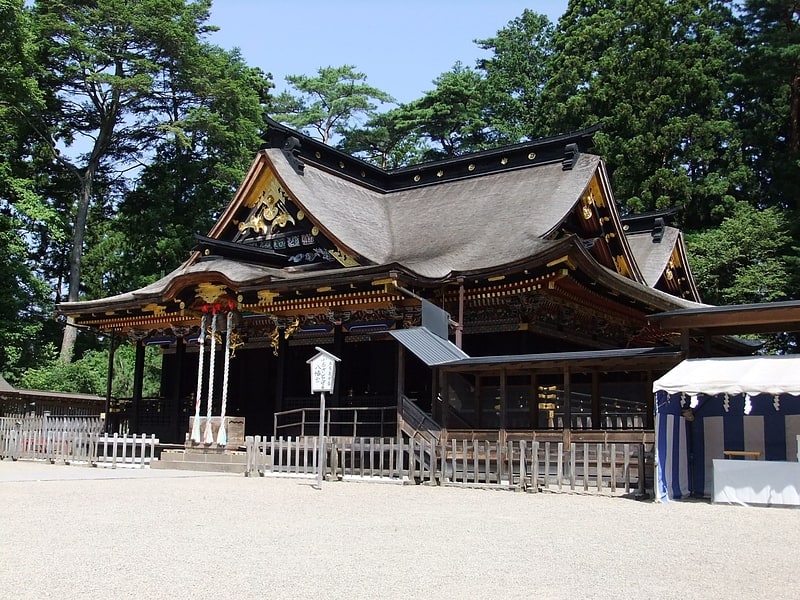
Also known as: 大崎八幡宮
Historic Shinto shrine on serene grounds. Ōsaki Hachimangū is a Shinto shrine in Aoba-ku, Sendai, Miyagi, Japan. The main shrine building has been designated a National Treasure of Japan.[9]
Address: 4-6-1 Hachiman, Aoba-ku, 980-0871 Sendai
Zuihoden

Also known as: 瑞鳳殿
Ornate mausoleum of an Edo feudal lord. Zuihōden in Sendai, Miyagi Prefecture, Japan is the mausoleum complex of Date Masamune and his heirs, daimyō of the Sendai Domain.[10]
Address: 23-2 Otamayashita, Aoba-ku, 980-0814 Sendai
Sendai Daikannon

Also known as: 大観密寺
Tourist attraction in Sendai, Japan. Sendai Daikannon, officially known as the Sendai Tendou Byakue Daikannon, is a large statue of Byakue Kannon bearing a gem in her hand located in Sendai, Japan.
It is among the tallest statues in the world, and is the tallest statue of a goddess, in Japan. As of 2022, it is the sixth tallest statue in the world at 100 metres (330 ft). At the time of its completion in 1991, it was the tallest statue in the world, but has since been surpassed for that title.
The statue depicts a manifestation of the Bodhisattva Kannon known as Byakue Kannon, meaning "White-robed Kannon", bearing the cintamani gem (如意宝珠, Nyoihōju) in her hand.
There is a small entry fee to enter the statue itself. Inside on the first floor are many large statues of Buddha and mythical kings. Visitors take an elevator to the 12th level then walk down the stairs and ramps to the ground. At each level there are eight Buddhas displayed in timber cabinets, 108 in all.[11]
Address: 31-36 Sanezawa Nakayamaminami, Izumi-ku, 981-3217 Sendai
The Miyagi Museum of Art
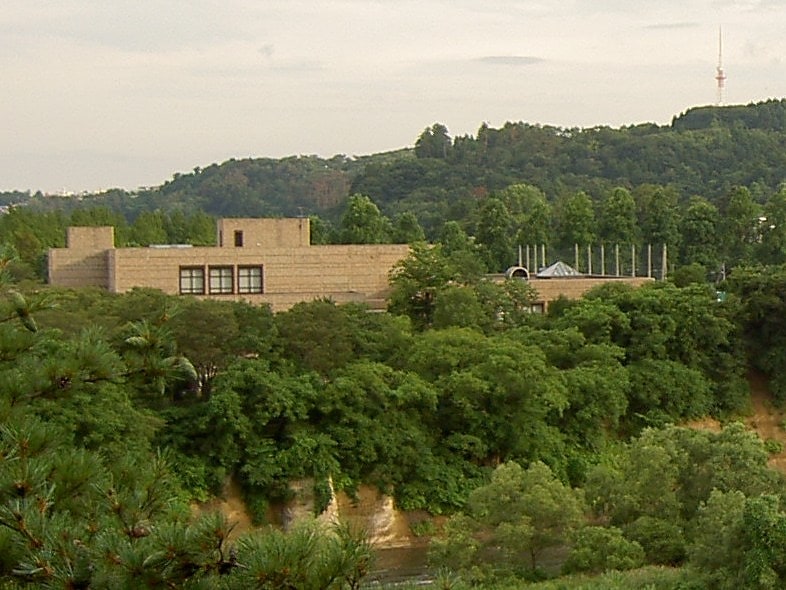
Also known as: 宮城県美術館
Museum in Sendai, Japan. The Miyagi Museum of Art opened in Sendai, Japan, in 1981. The collection has as its primary focus works associated with Miyagi Prefecture and the Tōhoku region more generally, from the Meiji period to the present day, and also includes paintings by Wassily Kandinsky and Paul Klee. Artists represented include Aimitsu, Kishida Ryūsei, Matsumoto Shunsuke, Nakamura Tsune, Takahashi Yuichi, Yasui Sōtarō, and Yorozu Tetsugoro.[12]
Address: Sendai, 34-1 Kawauchi-Motohasekura, Aoba-ku
Sendai Tōshōgū
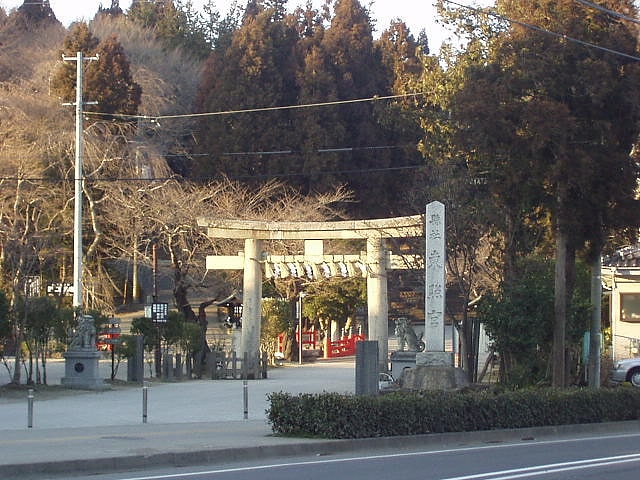
Also known as: 仙台東照宮
Shrine in Sendai, Japan. Sendai Tōshōgū is the memorial shrine of Tokugawa Ieyasu in Sendai, Miyagi Prefecture, Japan. Five of its buildings, all dating to 1654, have been designated Important Cultural Properties. The torii and gates were damaged in the 2011 Tōhoku earthquake and tsunami.[13]
Address: 1-6-1 Toshogu, Aoba-ku, 981-0908 Sendai
Aer
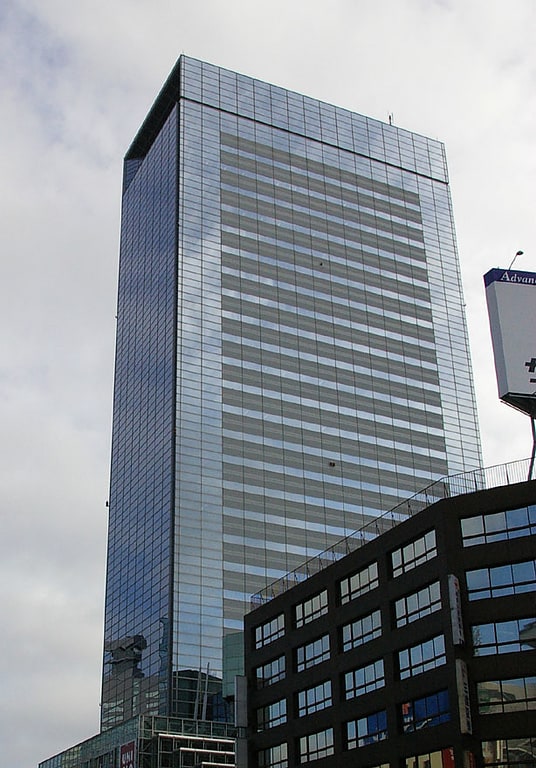
Also known as: アエル
Skyscraper in Sendai, Japan. Aer is a skyscraper in Sendai, Miyagi Prefecture, Japan. Rising 31 stories to a height of 145.5 m, Aer was the tallest building in the Tōhoku region until 2010 and the completion of the Sendai Trust Tower and was partially constructed by robots.[14]
Address: Chuo Aeru 31-kai, Aoba-ku, 980-6131 Sendai
Sekisui Heim Super Arena
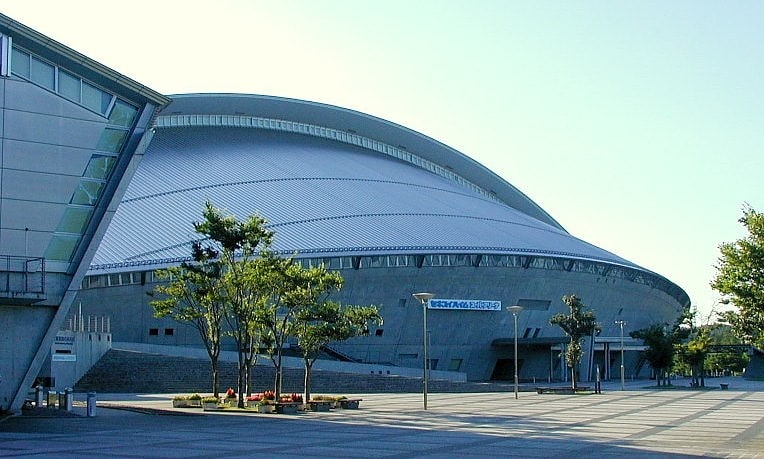
Also known as: 宮城県総合運動公園総合体育館
Arena in Rifu, Japan. Sekisui Heim Super Arena is a multi-purpose indoor arena in the Grande 21 Complex in Rifu, Miyagi, Japan. The capacity of the arena is 7,063 and was opened in 1997.
The Sekisui Heim Super Arena is located next to the Miyagi Stadium.[15]
Address: 40-1 Sugaya Tate, 981-0122 Rifu-cho
Sendai Mediatheque

Also known as: せんだいメディアテーク
Library in Sendai, Japan. Sendai Mediatheque is a library in Sendai, Miyagi Prefecture, Japan. It was designed by Toyo Ito in 1995 and completed in 2001.[16]
Address: 2-1 Kasugamachi Aoba-ku, 980-0821 Sendai
Aoba Shrine
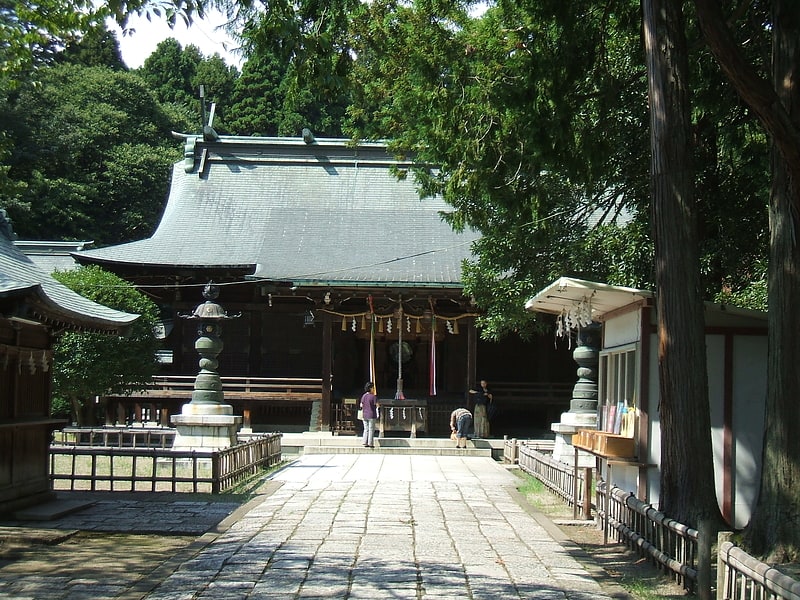
Also known as: 青葉神社
Shinto shrine in Sendai, Japan. Aoba Shrine is the memorial shrine of Date Masamune, located in Aoba-ku, Sendai, Miyagi Prefecture, Japan, near the site of the former Aoba Castle. The shrine was built in 1873 by petition of former retainers of the Date clan of former Sendai Domain to enshrine the deified spirit of Date Masamune under the name of Takefuruhiko-no-mikoto. This was in accordance with a practice which began in the Bakumatsu period and continued into the early Meiji period of establishing a shrine to the founders of the daimyō clan which ruled each feudal domain under the Tokugawa shogunate. Under the State Shinto ranking system, the shrine was designated as a prefectural shrine.
The current Honden dates from 1927. The torii gate was damaged in the 2011 Tōhoku earthquake and tsunami.
Its current chief priest is Katakura Shigenobu, the 16th hereditary chieftain of the Katakura clan, who served as castellans of Shirakawa Castle under the Date clan.[17]
Address: 7-1, Aobacho, Aoba-ku, Sendai
Sendai Kōriyama Kanga ruins
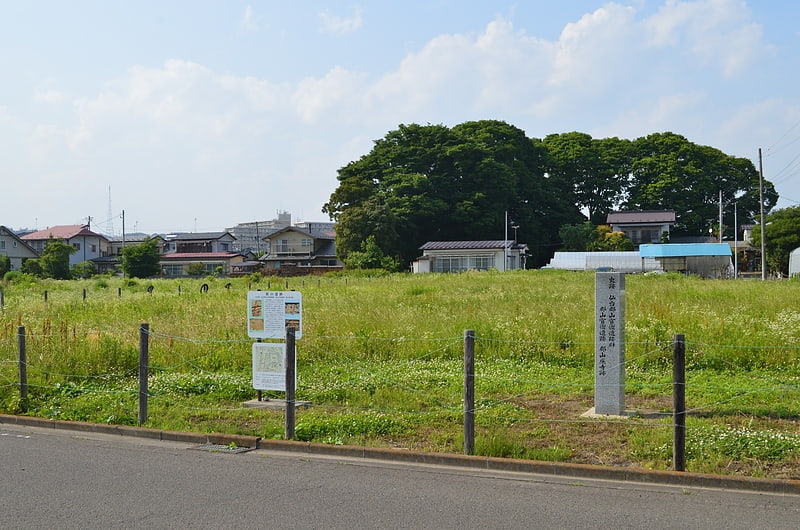
The Kōriyama ruins is an archaeological site with the ruins of a Nara period government office complex, temple and temple ruins located in what is now part of Taihaku-ku in the city of Sendai, Miyagi prefecture in the southern Tōhoku region of northern Honshu, Japan. It has been protected by the central government as a National Historic Site since 2006.[18]
Aoba-ku
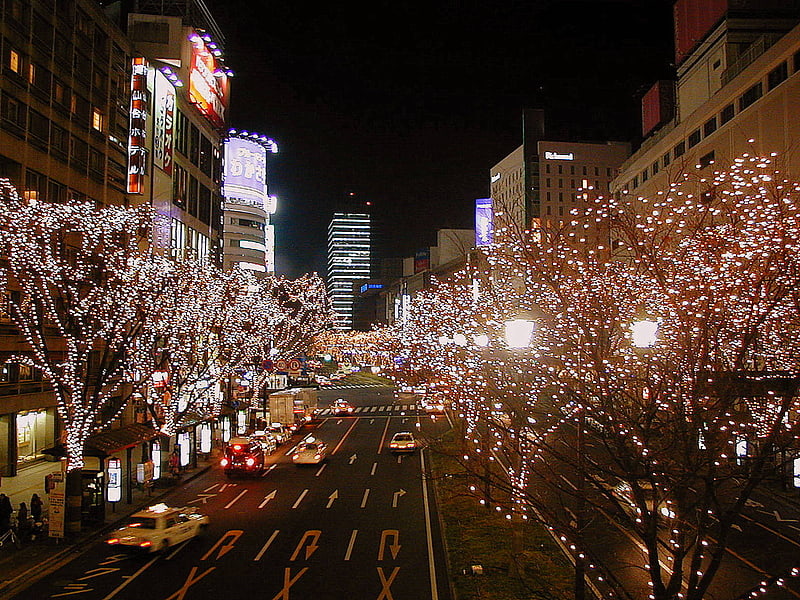
Aoba-ku is one of five wards of Sendai, the largest city in the Tōhoku region of Japan. Aoba-ku encompasses 302.278 km² and had a population of 296,551, with 147,622 households as of March 1, 2012.[19]
Sendai Sun Plaza

Also known as: 仙台サンプラザ
Hotel in Sendai, Japan. Sendai Sun Plaza is a hotel in Miyagino-ku, Sendai, Miyagi Prefecture. The hotel is adjacent to the JR East underground Tsutsujigaoka Station. The twelve-story structure includes a large three-story circular hall with seating for up to 2710 people, which is used as a concert hall and sports venue. It also contains a conference hall, day-care center, wedding facilities and a hotel with 74 rooms. The building was completed in March 1993.[20]
Address: 5-11-1 Tsutsujigaoka, Miyagino-ku, 983-0852 Sendai